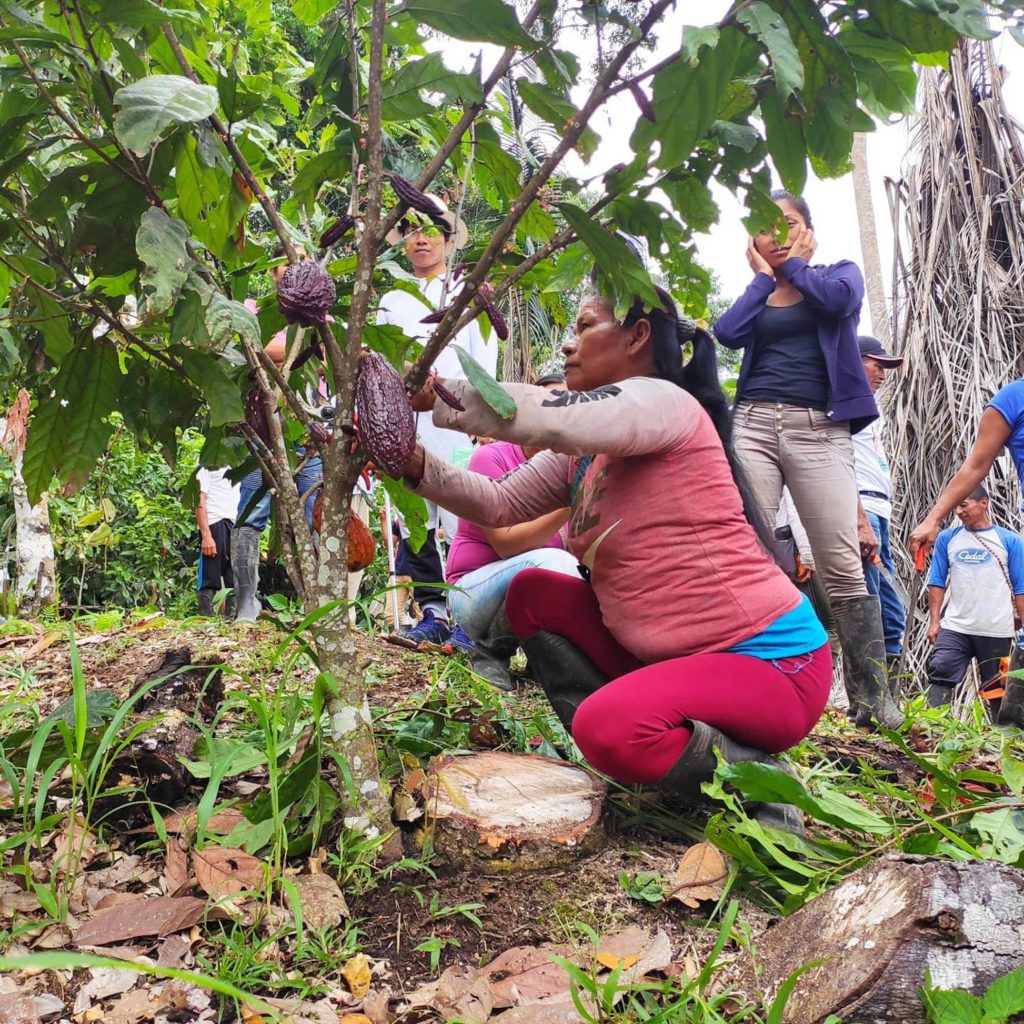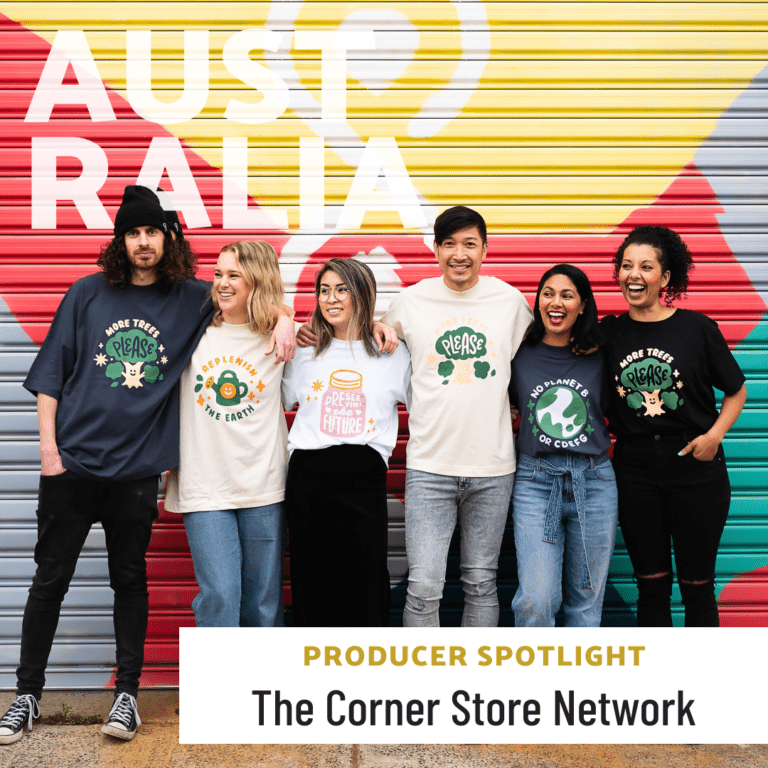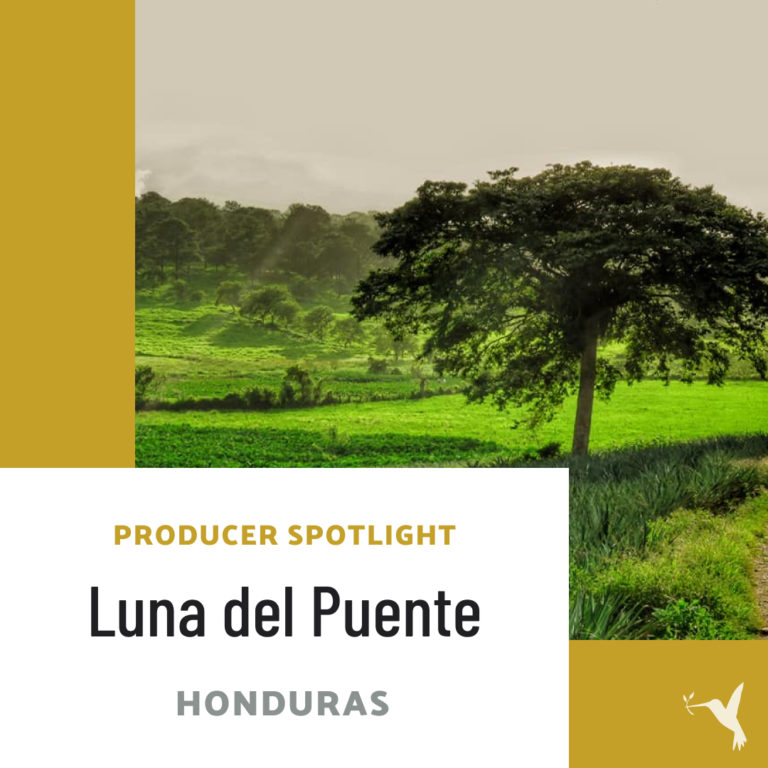Decolonizing Agriculture & Our Understanding of Biodiversity
Reflections on Agriculture, Science, & Love
“To our people, land was everything: identity, the connection to our ancestors, the home of our nonhuman kinfolk, our pharmacy, our library, the source of all that sustained us. Our lands were where our responsibility to the world was enacted, sacred ground. It belonged to itself; it was a gift, not a commodity, so it could never be bought or sold.”
–Robin Wall-Kimmerer, Braiding Sweetgrass.

Do humans have to step off the scene from certain habitats or natural areas for them to truly flourish? Do humans have to get out of the way to make space for more biodiversity? Many conservation efforts would have us think so. But where does this idea originate from? Aren’t we part of the earth too?
When we talk about regenerative agriculture, permaculture, or biodynamic farming, we often hear about how these types of agriculture systems enhance or increase biodiversity. On a farm, this could mean more beneficial insects, more types of crops, plants, and trees, and happier, more fertile soils. In general, biodiversity means more of all of life on earth. Why is biodiversity so important, and how do we protect our planet from the loss of it?
We can start by decolonizing our agriculture systems and conservation efforts.
Indigenous People Protect The Gift of Biodiversity
Without biodiversity, our entire support system for life, human as well as animal, would collapse. Biodiversity is vital to life on earth, because it is life on earth. All types of life are connected and all have a certain function for and with the planet.

“Through unity, survival. All flourishing is mutual.” –Robin Wall-Kimmerer, Braiding Sweetgrass.
We all have a role to play on earth, and we all rely on each other. We rely on nature to provide food and clean water, for the air we breathe, for many of our medicines, and to prevent or protect us from extreme weather effects. Does nature rely on us as well? Some people would argue yes.
When we talk about loss of biodiversity and how to protect it, the question arises: how have we become so careless with life?
Not all of us have.
Indigenous people account for about 4 percent of the global population. Many Indigenous communities are isolated in highly biodiverse areas. Indigenous people own, traditionally manage, or occupy around a quarter of the world’s land area. These lands also contain around 80% of the remaining biodiversity on the earth and sequester almost 300 trillion tons of carbon.
Indigenous cultures have also created much of the world’s agricultural biodiversity, including thousands of crop varieties, livestock breeds, and unique landscapes. New varieties of crops and livestock that are often more resilient than their colonized equivalents.
It is unsurprising then that the rich diversity of nature is declining less rapidly on Indigenous peoples’ lands than it is in other areas. The world’s 370 million to 500 million indigenous people play a critical role in conserving biodiversity. They are part of biodiversity.
While researchers and policymakers and many others increasingly recognize their knowledge, they rarely, at the cost of all life on earth, take it into account when it comes to decision-making.
There is a new goal set forth by current world leaders–the 30-30 goal. The idea is to protect 30% of the world’s biodiversity by 2030, meaning that governing bodies may plan to preserve this 30% of land by making it free of humans. The modern conservation movement has evolved out of a false idea that nature starts out pristine and stays that way only when untouched by humans. “Official” conservation makes many of the movement’s early efforts, including protected areas, at odds with Indigenous land management — the very activities that created many landscapes that countries are now racing to protect.
Where Is Most of the Biodiversity Now?
Most biodiversity is maintained within the 25% of land already occupied by Indigenous populations. The colonial mindset doesn’t see the value in how these populations coexist with nature, how they are part of biodiversity, rather holds the belief that to be protected, these spaces must have no human interaction.
This is actually the core of the problem itself–believing we are separate from nature, believing that we ourselves are not natural, and the only way to protect the natural is to remove ourselves.
What sad irony. Indigenous people never had to protect land from themselves, because they knew and continue to know how to live in harmony with the land. When we talk about preserving biodiversity, Indigenous people, culture, language, and ways of life should be included in that, not excluded and removed from the important work they are already doing. And not only should they be included, they should be centered.
Destructiveness, as it turns out, is not inherent to humans. In fact, many humans know that it is not only possible, but necessary for us to live harmoniously with the earth.
Could it be true that when we love the earth, it may just love us in return? Is this such a bold concept? For Robin Wall-Kimmerer, it’s not. In her book, Braiding Sweetgrass, she sets out to show this and she does it by joining current academic science with her Indigenous traditions and knowledge. Through her writing and her research, she shows that human interaction with plants can be good for plants.
The broad goals behind regenerative agriculture align with this idea. The ways we farm and produce can do more than merely extract, and they can even do more than just sustain. They can actually regenerate. Our practices can make a positive impact on the earth.
When you think about it, it makes a lot of sense. Living should be conducive to life.
Regenerative Agriculture Comes from Indigenous Knowledge
Diverse farming systems are central to today’s regenerative agriculture movement, and the concepts that shape permaculture and regenerative agriculture are far from new. Before current certifications and labels existed, Indigenous people were farming with techniques like intercropping and polycultures for growing crops.

They managed forests in healthy ways with what we now call agroforestry and maintained animals in what we call silvopastures. They used controlled burning methods for fields and water management practices for irrigation and conservation. Permaculture does credit much of its framework to indigenous knowledge along with modern science. However, in general, many of the practices that our “modern” system incentivizes and create certifications for have traditional origins. People used these methods throughout history without losing connection with the earth and or requiring modern science to prove the benefits of connection.
When Robin Wall-Kimmerer set out to understand why the world is beautiful and show that human interaction with plants can be beneficial to their flourishing, her academic supervisors dismissed her as not doing serious science.
Then her research proved her correct. Sweetgrass thrived in areas where indigenous people intentionally interacted with it. “Wild meadow sweetgrass grows long and fragrant when it is looked after by humans. Weeding and care for the habitat and neighboring plants strengthens its growth. Sweetgrass is harvested in midsummer, when the leaves are long and shiny. The blades are taken one by one and dried in the shade to preserve the color.” Some guidelines to follow are to always ask the plants for permission, leave a gift, like tobacco for the sweetgrass, and only take what you need.
How often do we, the giant modern collective, ask our earth for permission? How often do we only take what we need?
There are more examples of beneficial human interaction with plants and crops. Consider the territory of Potato Park in Peru. An association of five Quechua communities collectively govern Potato Park. In reviving Quechua culture and customary laws, the area has tripled potato diversity. This, plus a repatriation agreement with the International Potato Center to restore native varieties, brings the native varieties up to 650!
They also work to conserve Andean wildlife and preserve water in an area that is noticeably affected by changing climate.
Producers That Are Decolonizing Agriculture
Ancestral Organics in Colombia is committed to the magic of nature, consciously-grown food, and regenerative farming. They honor the wisdom of our ancestors to stimulate the health of humans and the planet, and their innovative economic model ensures economic stimulation for even the smallest farmers.
Evas Wild is a regenerative and sustainable fishery and food business that protects the bay where they fish. They also are a media platform sharing documentaries and stories that foster lifelong champions for wild places they love.
Kallari is an association of 850 producers of Kichwa families in the Tena Canton of the Ecuadorian Amazon Region, where they produce, process, and commercialize agricultural products in a sustainable way. Their collective work improves the living conditions of the associates and conserves natural and cultural biodiversity. Kallari is a Kichwa word that means to initiate. In the association, the word Kallari has been endowed with three principles: The past, related to the defense of the territory, and cultural identity. The present, to understand and defend nature, to produce in harmony, and thus seek a sustainable economy over time, and the future, linked to special markets for the benefit of new generations and leaving a worthy legacy for families.
Waponi Amazon is a small project devoted to liberating wild animals that have been illegally trafficked from the Amazon.
Biodiversity Means All of Life on Earth, Including Humans
Biodiversity includes humans, especially those who are doing the important work of coexisting with nature instead of dominating it. Governments must not only legally recognize and protect indigenous peoples’ rights to territories, natural resources, traditional knowledge and self-determination, but request their knowledge to inform preservation decisions.
Perhaps, if more people would listen to voices like Robin Wall-Kimmerer and many others, we could find ways to move forward harmoniously. She graciously offers us the best of both worlds–indigenous knowledge and colonizer-friendly academic science.
But ultimately what she offers is a remembrance of love. Love isn’t a word we tend to use in academia or science, but I feel that there is space for love in regenerative agriculture. And I feel that opening this space must be part of decolonizing agriculture.
Interested in topics like these? Take a look through our Producer Stories page to find loads more thought-provoking agricultural topics.


